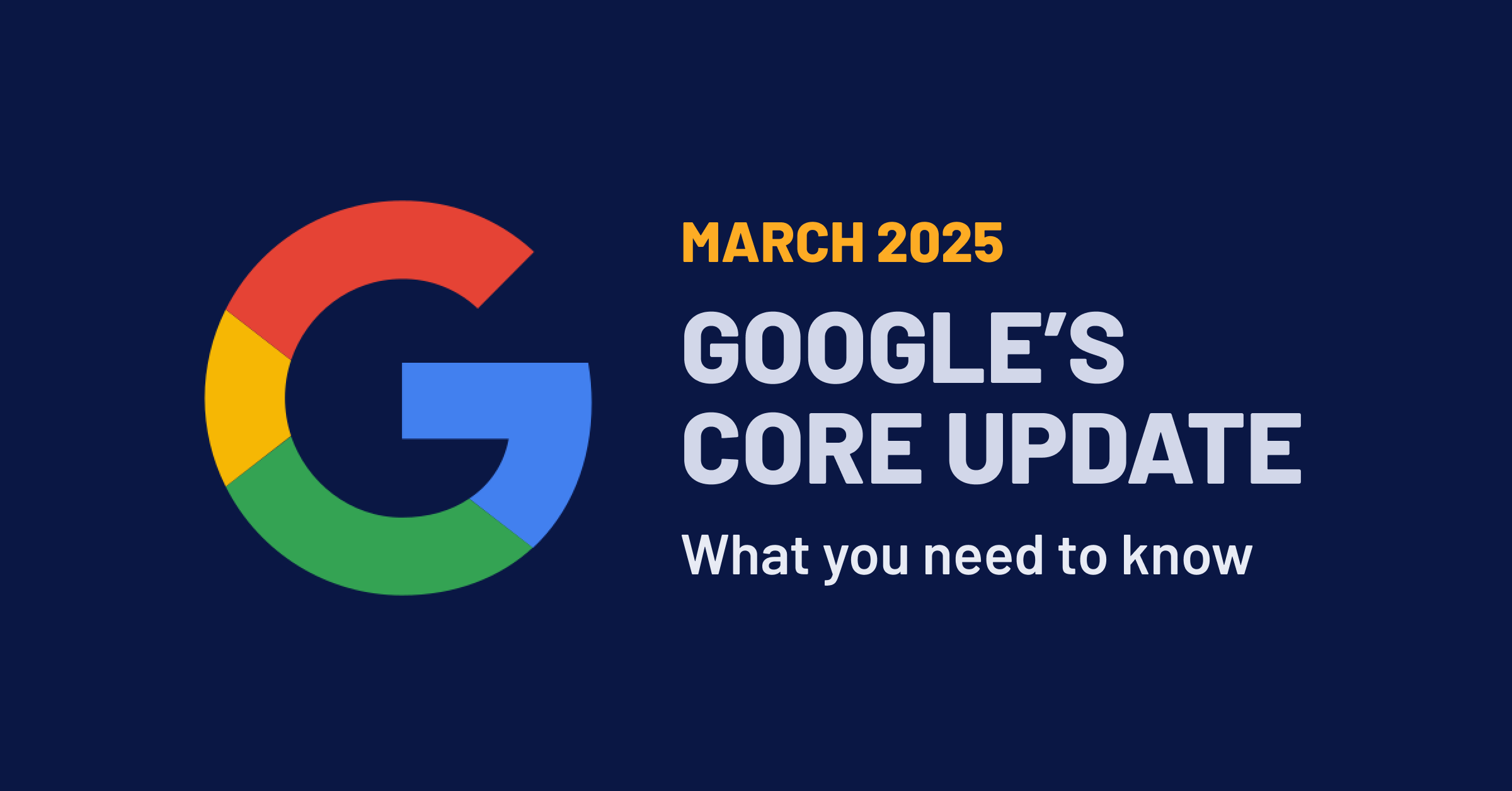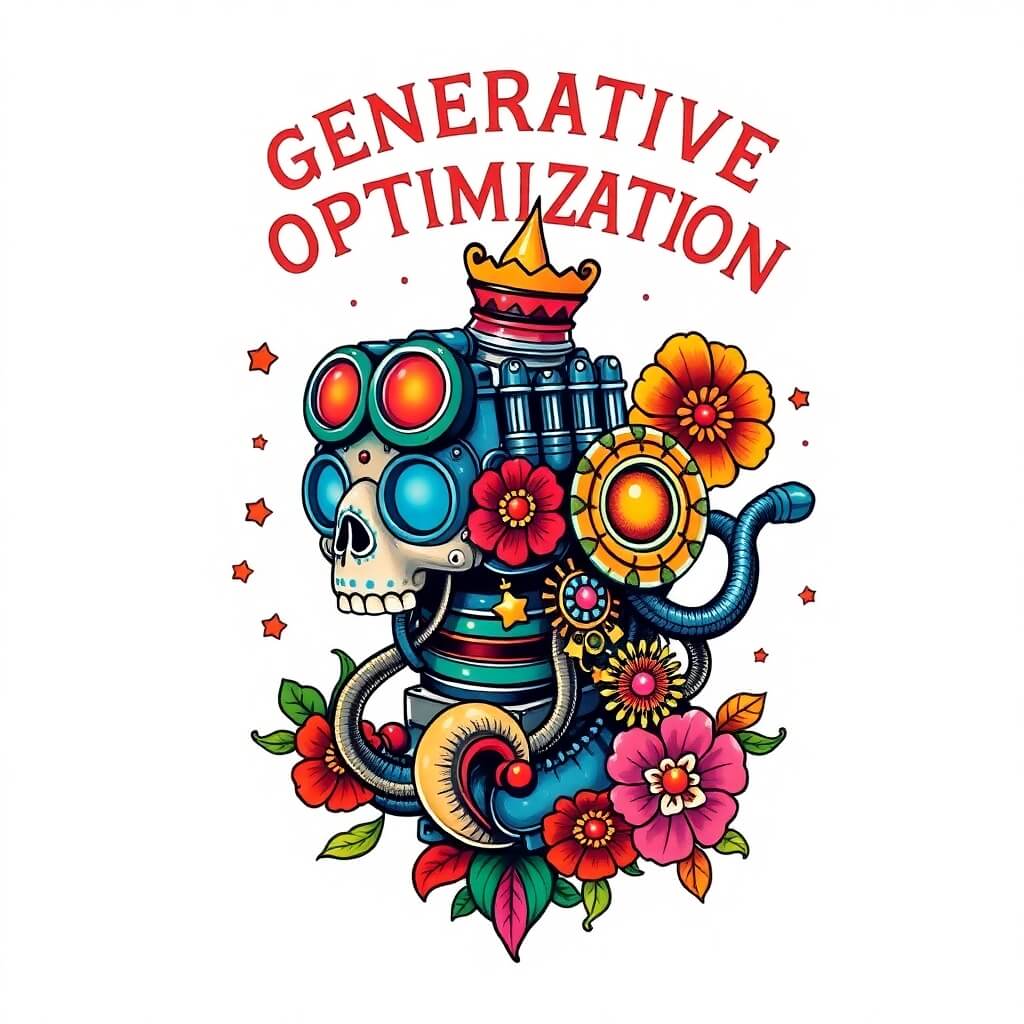
Google’s March 2025 Core Update Is Complete — What It Means for Your SEO Strategy
Google officially completed its March 2025 core update on March 27, closing out a two-week rollout that began on March 13. Like other broad core updates, this one wasn’t tied to specific penalties or spam signals — instead, it reflected yet another systemic recalibration of how Google evaluates and ranks content across the web.
For digital marketers, this kind of update isn’t just technical news — it’s a reminder that search visibility is never static. If your organic rankings shifted this month, positively or negatively, now’s the time to dig in and refine your SEO strategy.
What Actually Changed?
Unlike product reviews updates or spam updates, Google core updates don’t target one specific element of SEO. Instead, they’re designed to improve how Google’s core ranking systems assess content — its relevance, quality, depth, and usefulness to searchers.
The March 2025 update appears to have produced noticeable volatility, though its impact was somewhat more measured compared to previous rollouts like December 2024 or March 2024. Rank-tracking platforms like Semrush Sensor and MozCast flagged ranking fluctuations across key verticals, with industries like healthcare, education, and news media feeling the most disruption.
Some of the most affected sites saw their positions rise or fall by multiple places overnight, underscoring the unpredictable nature of these updates.
But what many marketers don’t realize is this: algorithm volatility is an opportunity — not just a threat.
What This Means for Your SEO (and What to Do Next)
The worst thing you can do in response to a core update is to panic. The best thing? Get strategic.
1. Re-Evaluate Content Quality Using Google’s EEAT Signals
Google has emphasized EEAT — Experience, Expertise, Authoritativeness, and Trust — more than ever. Post-update, now’s the time to audit your site and ask:
-
Is your content authored or reviewed by subject matter experts?
-
Are your pages demonstrating topical authority in a clear, structured way?
-
Do you cite credible sources and include author bios?
-
Is your content updated regularly?
Answering “no” to any of the above may suggest that competitors with higher EEAT signals are outperforming you in rankings. This is where content marketing meets technical SEO — and both need to work in sync.
2. Double Down on Search Intent Alignment
Google’s ultimate goal is to serve content that satisfies user intent. Many sites that lost rankings in this update appear to have failed that test.
Ask yourself:
-
Are your pages answering the why behind a user’s query?
-
Are you addressing informational, transactional, and navigational intents where appropriate?
-
Is your keyword targeting strategy up-to-date with current SERP behavior?
Using tools like Search Console, SEMrush, and Ahrefs, you can assess which queries are slipping and which pages might need realignment with today’s intent patterns.
3. Optimize for On-SERP SEO and Featured Snippets
Another subtle shift we observed during this update was an increased reliance on SERP features — featured snippets, People Also Ask boxes, and Knowledge Panels.
If you’re not optimizing your content to win these placements, you’re missing out on zero-click visibility that builds authority.
Start by:
-
Structuring your content with H1-H3 headers and schema markup
-
Writing concise answers to common questions in your niche
-
Using bullet points, tables, and definitions where appropriate
This isn’t just a content play — it’s strategic visibility engineering.
What You Shouldn’t Do
It’s tempting to tear everything down when rankings dip. Don’t.
Google has reiterated — again and again — that there are no “fixes” for core updates. If your traffic dipped, it doesn’t necessarily mean you did something wrong. Often, it means your competitors did something better.
Avoid:
-
Keyword stuffing or over-optimizing in a reactionary way
-
Drastically changing your site structure without a plan
-
Publishing thin or AI-generated content just to increase volume
Instead, focus on sustained improvements in content depth, UX, and crawlability.
Use the Update as a Wake-Up Call
Every core update is a reminder that SEO isn’t a one-and-done project. It’s an evolving discipline that blends technical knowledge with audience empathy.
If your rankings went up: build on that momentum.
If they went down: don’t despair — audit, iterate, and optimize.
At Overdrive Interactive, we treat updates like this as a chance to recalibrate and realign your digital presence for long-term growth. Our SEO team works across industries to improve content quality, fix technical issues, build authoritative backlinks, and future-proof our clients’ visibility in search.
Ready to Get Back on Top?
Whether your site was hit by the March 2025 update or you’re just looking to strengthen your SEO strategy, Overdrive Interactive can help.
We bring together technical SEO, content marketing, UX, and analytics into a unified growth engine. Let us show you how strategic optimization can drive measurable results — not just rankings, but conversions and revenue. Contact us today to ensure your site ranks where it matters most!
Overview of Google’s Core Algorithm Updates: Focus and Impact Since 2012
-
- Panda (2011)
-
-
- Focus: Targeted low-quality content and sites with thin or duplicate content. The update aimed to reduce the ranking of sites with poor content quality and improve the visibility of sites with high-quality content.
-
-
- Penguin (2012)
-
-
- Focus: Addressed manipulative link-building practices. It targeted sites using spammy or unnatural backlinks to inflate rankings, promoting more natural link-building methods artificially.
-
-
- Hummingbird (2013)
-
-
- Focus: Improved understanding of search queries to provide more accurate and relevant results. It enhanced Google’s ability to process complex queries and understand user intent through semantic search.
-
-
- Pigeon (2014)
-
-
- Focus: Improved local search results by refining how Google handles local ranking factors. It aimed to provide more relevant local search results by incorporating more traditional ranking signals into local search.
-
-
- Mobilegeddon (2015)
-
-
- Focus: Enhanced the ranking of mobile-friendly sites in mobile search results. Sites not optimized for mobile devices saw drops in their rankings on mobile searches.
-
-
- RankBrain (2015)
-
-
- Focus: Introduced machine learning to understand better and process search queries. RankBrain helped Google interpret ambiguous questions and deliver more relevant search results by learning from user interactions.
-
-
- Fred (2017)
-
-
- Focus: Targeted websites with low-quality content that was overly optimized for ads and affiliate links. It aimed to penalize sites that prioritized monetization over user experience.
-
-
- Medic (2018)
-
-
- Focus: The update significantly affected health and wellness sites, emphasizing the importance of expertise, authoritativeness, and trustworthiness (E-A-T). The update aimed to improve the quality of medical and health-related content.
-
-
- BERT (2019)
-
-
- Focus: Improved Google’s understanding of natural language in search queries. BERT (Bidirectional Encoder Representations from Transformers) helped Google understand the context and nuances of user queries better.
-
-
- December 2019 Core Update
-
-
- Focus: Focused on improving overall content relevance and quality. It aimed to refine how Google assesses the expertise and trustworthiness of content.
-
-
- May 2020 Core Update
-
-
- Focus: Continued to enhance Google’s ability to assess the quality and relevance of content. It emphasized the importance of providing valuable and high-quality information.
-
-
- December 2020 Core Update
-
-
- Focus: Improved search result relevancy by refining the criteria for evaluating content quality and relevance. It affected many sites, impacting their visibility in search results.
-
-
- June 2021 Core Update
-
-
- Focus: Google refined its algorithms to improve content relevancy and quality. This aimed to better align search results with user intent and provide more authoritative information.
-
-
- July 2021 Core Update
-
-
- Focus: Followed up on the June update, further refining search algorithms to enhance the accuracy and relevance of search results. It continued to focus on content quality and relevance.
-
-
- November 2021 Core Update
-
-
- Focus: It addressed factors influencing search rankings, including content quality and user experience, and aimed to improve the quality of the overall search results.
-
-
- March 2022 Core Update
-
-
- Focus: Improved how Google evaluates and ranks content based on relevance and user experience. It affected a variety of sites, with a focus on content quality and site authority.
-
-
- May 2022 Core Update
-
-
- Focus: It enhanced Google’s ability to assess content quality and relevance, aiming to better reflect high-quality content in search rankings.
-
-
- September 2022 Core Update
-
-
- Focus: Continued to refine the evaluation of content quality and user experience. It aimed to improve how Google’s algorithms assess and rank content.
-
-
- March 2023 Core Update
-
-
- Focus: Focused on improving the quality and relevance of search results by refining content evaluation processes. It affected many sites, emphasizing content accuracy and user engagement.
-
-
- August 2023 Core Update
-
-
- Focus: Addressed content relevance and user engagement, continuing to refine how Google assesses and ranks content. It aimed to improve the quality of the overall search results.
-
-
- March 2024 Core Update
-
-
- Focus: The focus was on content quality and user intent, refining the algorithms to provide more relevant and authoritative search results. The goal was to improve the overall search experience.
-
-
-
- Focus: Highlighted a shift towards user-centric content and engagement. It favored consumer-based information and user-generated content, impacting traditional authority sites and emphasizing content relevance and user trust.
-





